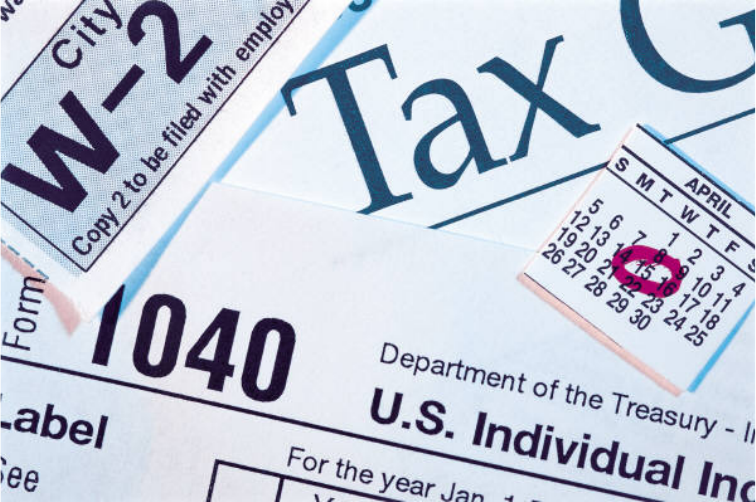
TAX REFUND OFFSET PROGRAM
_____________________________________________________________________________
State Court Administrative Office
Friend of the Court Bureau
Michigan Supreme Court
http:/courts.michigan.gov/scao
_____________________________________________________________________________
What is the Tax Refund Offset Program?
If a taxpayer is behind on child support by $150 or more, the Tax Refund Offset Program can take
both the payer’s state and federal income tax refunds and apply them to the payer’s overdue
support. Overdue child support is called “arrears.”
I am supposed to receive child support payments. Must I do anything to ensure that my
case qualifies for the Tax Refund Offset Program?
If a family has ever received Temporary Arrears for Needy Families (TANF) payments (public
assistance), it is automatically eligible for the tax refund offset program. If you have never received
TANF benefits, you should check with your local friend of the court (FOC) office to see if you
have previously signed an application that requested IV-D services. Almost all parents request
services when they complete the initial paperwork for their court case. If you have not, simply
request a IV-D application from the FOC office or a support specialist at the Michigan Department
of Health and Human Services Office of Child Support.
How does a child support payer know that the FOC office has requested a tax refund offset?
Before the offset occurs, the support payer receives a written notice that a tax offset has been
requested. This notice indicates the amount owed, provides information regarding the
administrative appeal procedure, and discusses options for individuals who filed joint tax returns.
When will the money from the tax refund offset be given to the payee?
Money received from federal tax refunds will first be used to pay off any overdue support owed
to the state. Any remaining money from a federal refund then goes to the individual payee. With
state tax refunds, if the payee is not currently receiving TANF benefits, the offset money from
state tax refunds is first applied to pay current support, then to cover any overdue support owed to
the individual payee.
May the support payer appeal the tax refund offset?
The pre-offset notice contains instructions for how the payer can request an administrative review
of the offset request. In addition, after the income tax refund is taken, the IRS or the state taxing
authority sends the payer a second offset notice. This notice will also contain information on how
to request a review.
The payer may appeal only by showing that the payer is not the person who owes support, or that
the amount owed is wrong. In addition, if the support payer and a current spouse have filed a joint
tax return, the current spouse may file an injured spouse claim – a claim stating that a portion of
the tax refund was based on the current spouse’s income and should not have been used to pay the
payer’s child support. Injured spouse claim forms may be downloaded from the IRS website (IRS
Form 8379 and Inst. 8379).
Other important information regarding the Tax Refund Offset Program.
If the support payer files a joint federal tax return, Michigan’s child support program places the
refund offset money on hold for six months before the program will send the refund offset money
to the payee. This time period gives the payer’s spouse the opportunity to file the injured spouse
claim mentioned above.

The payee may not receive the offset money until slightly more than six months after the FOC
receives the tax offset payment. Even though the payee has not received the money, the payer will
receive credit for the payment during this six month period.
For more information about the Tax Refund Offset Program, please contact the local FOC
office that is handling your case.
This publication is produced with IV-D funds.
Updated January 2019.
